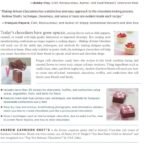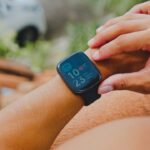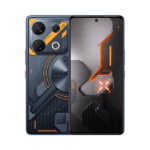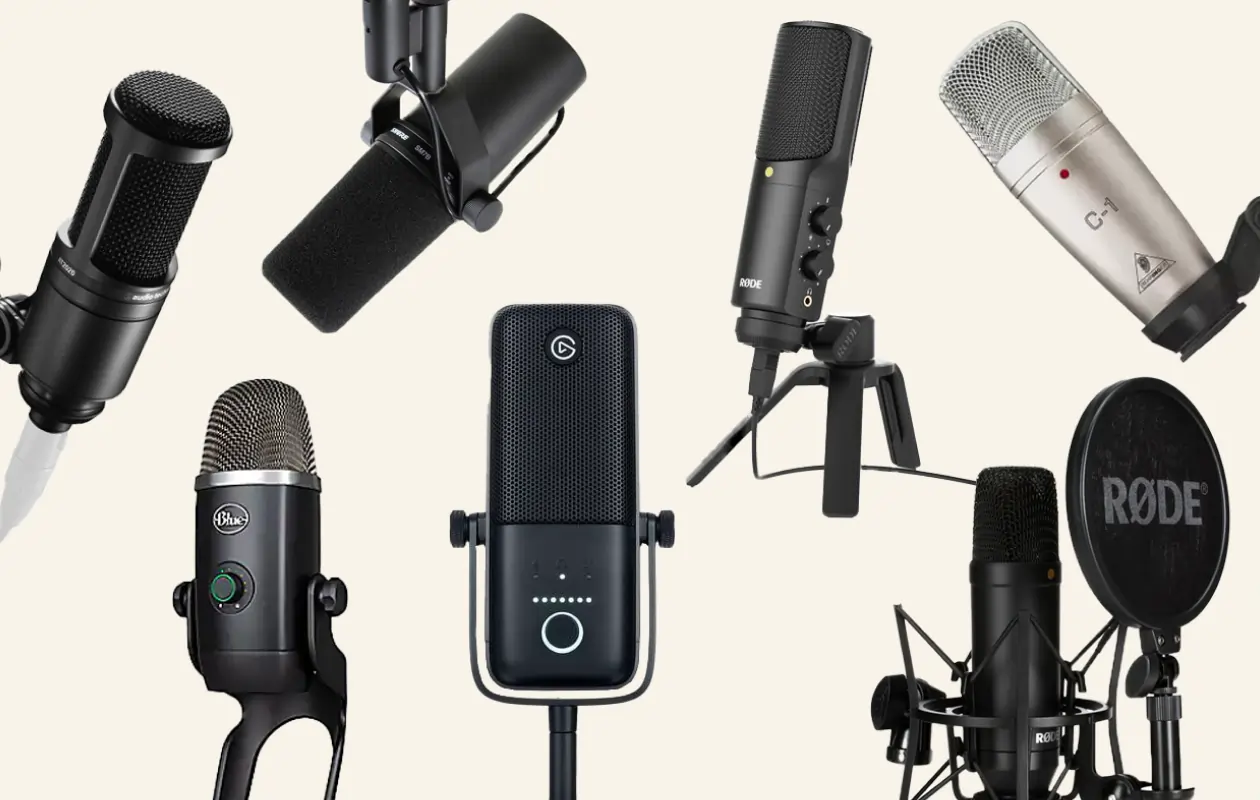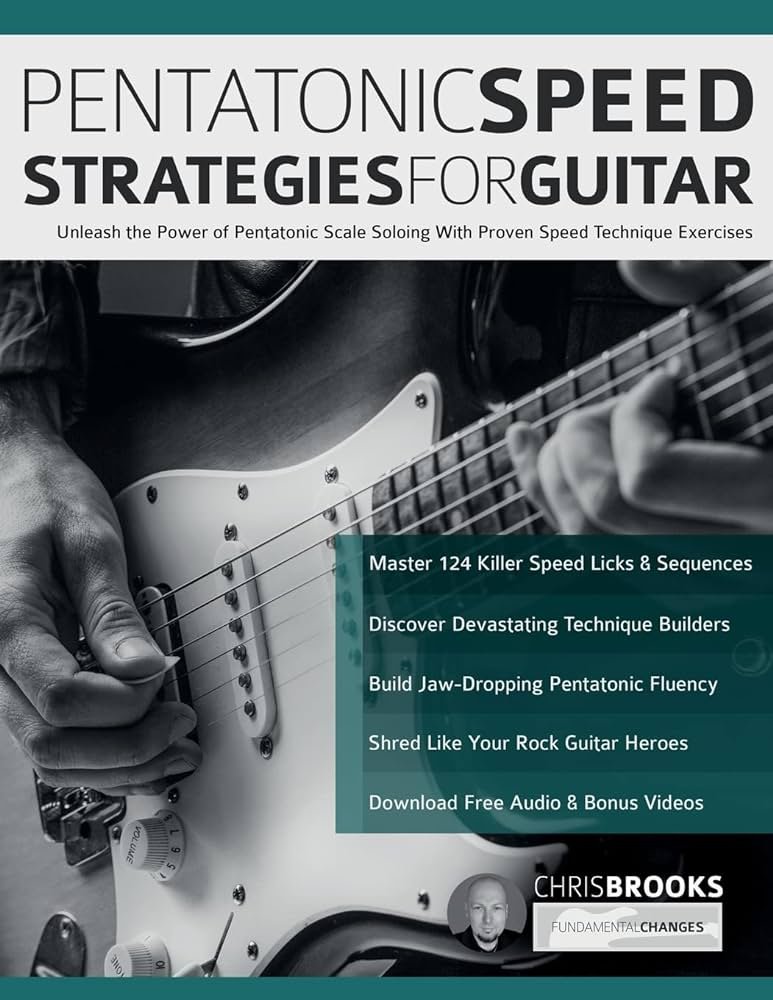The Shure SM7B is the Best Microphones For Recording Vocals At Home due to its exceptional quality and versatility. It offers professional-grade sound for home recordings.
Setting up a home recording studio can be an exciting and rewarding endeavor. A key component of a home studio is a high-quality microphone that can capture clear and crisp vocals. The Shure SM7B is a popular choice among musicians and audio engineers for its superior sound quality and versatility.
Whether you are a beginner or a seasoned pro, having the right microphone can make a significant difference in the quality of your recordings. In this guide, we will explore the features of the Shure SM7B and why it is considered the Best Microphones For Recording Vocals At Home.
Choosing The Right Microphone
Looking for the best microphone for recording vocals at home? Consider a condenser microphone with a cardioid pickup pattern to capture clear, detailed vocals. Ensure it has a frequency response tailored for vocals and a low noise floor for professional-quality recordings.
Choosing the Right Microphone
Condenser Vs. Dynamic
Condenser mics are sensitive, capturing vocals with clarity.
Dynamic mics are sturdy and reliable for home vocal recordings.
Consider your recording environment when choosing between the two.
Polar Patterns
Cardioid pattern is ideal for home vocals, reducing background noise.
Omnidirectional pattern captures sound from all directions.
Figure-8 pattern is versatile, suitable for more advanced recordings.
Factors To Consider
When selecting the Best Microphones For Recording Vocals At Home, it’s essential to take into account various factors that can significantly impact the quality of your recordings. Here are some key aspects to consider:
Frequency Response
In choosing a microphone, pay close attention to its ability to capture a wide range of frequencies accurately, from low to high. A balanced frequency response ensures that your vocals sound natural and clear on recordings.
Sensitivity And Spl Handling
Microphone sensitivity is crucial as it determines how well the microphone can pick up subtle nuances in your voice. Additionally, consider the microphone’s Sound Pressure Level (SPL) handling ability to ensure it can handle loud vocals without distortion.
Popular Microphone Options
Discover popular microphone options for recording vocals at home. Choose a high-quality condenser mic for crisp sound and professional-grade recordings in your own space. Experiment with dynamic microphones for a versatile approach to capturing vocals with clarity and depth.
opular Microphone Options: Best Microphones For Recording Vocals At Home.
If you’re looking for the best microphone for recording vocals at home, you’re in the right place. Whether you’re a musician, podcaster, or voice-over artist, finding the right microphone is crucial for capturing high-quality sound. In this section, we’ll delve into two popular microphone options – Shure SM7B and Rode NT1-A.
Shure Sm7b
The Shure SM7B is a top choice for professional vocal recordings. It boasts a flat, wide-range frequency response and a cardioid polar pattern, which helps reduce background noise and isolates the primary sound source. This microphone is renowned for its warm and smooth sound, making it ideal for capturing vocals with clarity and richness.
Rode Nt1-a
The Rode NT1-A is another highly-regarded microphone for home vocal recordings. It features a large 1-inch capsule with a gold-plated diaphragm, delivering a transparent and detailed sound. The low self-noise and extended dynamic range of the NT1-A make it a popular choice for capturing vocals with exceptional clarity and precision.
When choosing between these microphones, consider your specific recording needs and budget. Both the Shure SM7B and Rode NT1-A are solid options that can elevate the quality of your vocal recordings at home.
Optimizing Your Recording Space
When it comes to recording vocals at home, optimizing your recording space is crucial for achieving professional-quality results. Even if you have the Best Microphones For Recording Vocals At Home, a poorly treated recording space can lead to unwanted reflections and background noise, compromising the overall sound quality of your recordings. In this blog post, we will discuss two essential aspects of optimizing your recording space: Acoustic Treatments and Microphone Placement.
Acoustic Treatments
Proper acoustic treatments are essential to create an optimal recording environment. They help control the reflections and resonances in your space, resulting in cleaner and more accurate recordings. Here are some effective acoustic treatments you can consider:
- Using bass traps: Bass traps help to reduce low-frequency reflections, which are common in small recording spaces. Placing bass traps in the corners of your room can significantly improve the sound quality.
- Installing diffusers: Diffusers scatter sound reflections, preventing them from bouncing directly back into the microphone. This helps to create a more balanced and controlled sound.
- Using acoustic panels: Acoustic panels absorb sound reflections, minimizing echo and improving the overall clarity of your recordings. Place them strategically on the walls and ceiling of your recording space.
Microphone Placement
The placement of your microphone plays a crucial role in capturing the best vocal recordings. Here are some microphone placement tips to help you achieve optimal results:
- Position the microphone away from reflective surfaces: Make sure to avoid placing the microphone too close to walls, windows, or any other reflective surfaces. This helps to reduce unwanted reflections and echoes.
- Use a pop filter: A pop filter placed in front of the microphone helps to reduce plosive sounds caused by strong vocal bursts. It also prevents saliva from reaching the microphone, prolonging its lifespan.
- Experiment with distance and angle: Try adjusting the distance between the microphone and the singer as well as the angle at which it is positioned. This allows you to find the sweet spot that captures the vocals with clarity and minimal background noise.
In conclusion, optimizing your recording space is essential for achieving professional-quality vocal recordings at home. By implementing effective acoustic treatments and following proper microphone placement techniques, you can create a controlled and acoustically pleasing environment that enhances the quality and clarity of your recordings.
Techniques For Vocal Recording
Techniques for Vocal Recording
Recording vocals can be a challenging task, especially when you are doing it at home. However, with the right techniques and equipment, you can achieve professional-sounding results. In this blog post, we will explore some essential techniques for recording vocals at home, including how to handle proximity effect and the benefits of using pop filters. These techniques will help you capture clear and impactful vocals that will elevate your recordings.
Proximity Effect : Best Microphones For Recording Vocals At Home
What is Proximity Effect?
Proximity effect refers to the change in the frequency response of a microphone when the sound source is close to it. The closer the vocalist is to the mic, the more pronounced the bass frequencies become. This can add warmth, depth, and intimacy to the vocal sound, but if not managed properly, it can also result in a boomy and muddy recording.
- How to Control Proximity Effect:
To control proximity effect, experiment with the distance between the vocalist and the microphone. Moving the vocalist closer to the mic will enhance the low frequencies, while pulling away will reduce the effect. Find the sweet spot where the vocals sound rich and full, but not overpowering. - Another Technique:
Another technique is to use a microphone with a built-in low-cut or high-pass filter. This filter can reduce the bass frequencies and help balance the overall sound. Additionally, you can use a foam windscreen or a bass roll-off switch if your microphone has one, to further control the proximity effect.
Using Pop Filters
The Importance of Pop Filters:
Pop filters are essential accessories for vocal recording as they help eliminate plosive sounds. Plosives occur when certain consonant sounds like ‘p’ and ‘b’ produce bursts of air that cause unwanted popping noises in the microphone. Pop filters act as a barrier between the vocalist and the microphone, diffusing the air and preventing these plosive sounds.
- How to Position a Pop Filter:
Position the pop filter around 2-3 inches away from the microphone, ensuring it covers the area between the vocalist’s mouth and the mic. This placement provides optimum protection against plosive sounds while maintaining clear vocals. - Alternatively:
Alternatively, you can also experiment with different mic angles and distances from the vocalist to find the best position for the pop filter. Remember, consistency is key, so make sure to maintain the same pop filter position throughout the recording session.
By mastering these techniques – controlling proximity effect and using pop filters effectively – you can significantly improve the quality of your vocal recordings. Experiment with different setups, keep practicing, and soon you’ll be capturing professional-grade vocals right in the comfort of your own home.

Credit: www.ebay.ca

Credit: dittomusic.com
Frequently Asked Questions For Best Microphone For Recording Vocals At Home
What Is The Best Microphone For Recording Vocals At Home?
The Best Microphones For Recording Vocals At Home at home is the _______________. It offers excellent sound quality and is easy to use, perfect for beginners and professionals alike. With its versatile features and affordable price, it’s the top choice for home recording.
What Should I Look For When Buying A Microphone For Recording Vocals?
When buying a Best Microphones For Recording Vocals At Home, consider factors such as _______________. These will determine the sound quality, versatility, and durability of the microphone. Additionally, make sure it is compatible with your recording setup and provides the desired level of sensitivity and frequency response.
How Much Should I Spend On A Microphone For Recording Vocals At Home?
The amount you should spend on a Best Microphones For Recording Vocals At Home depends on your budget and needs. While there are affordable options available, investing in a high-quality microphone will ensure better sound quality and longevity. Consider your recording goals and budget range before making a decision.
Conclusion
Finding the best microphone for recording vocals at home is a crucial step for any aspiring musician or content creator. With the right microphone, you can elevate the quality of your recordings and stand out from the crowd. By considering factors such as sound quality, budget, and ease of use, you can make an informed decision that meets your specific needs.
Whether you’re a beginner or a seasoned pro, investing in a good quality microphone is an essential part of building a professional home recording setup. With the right tool in hand, the possibilities for creating high-quality vocal recordings are endless.

